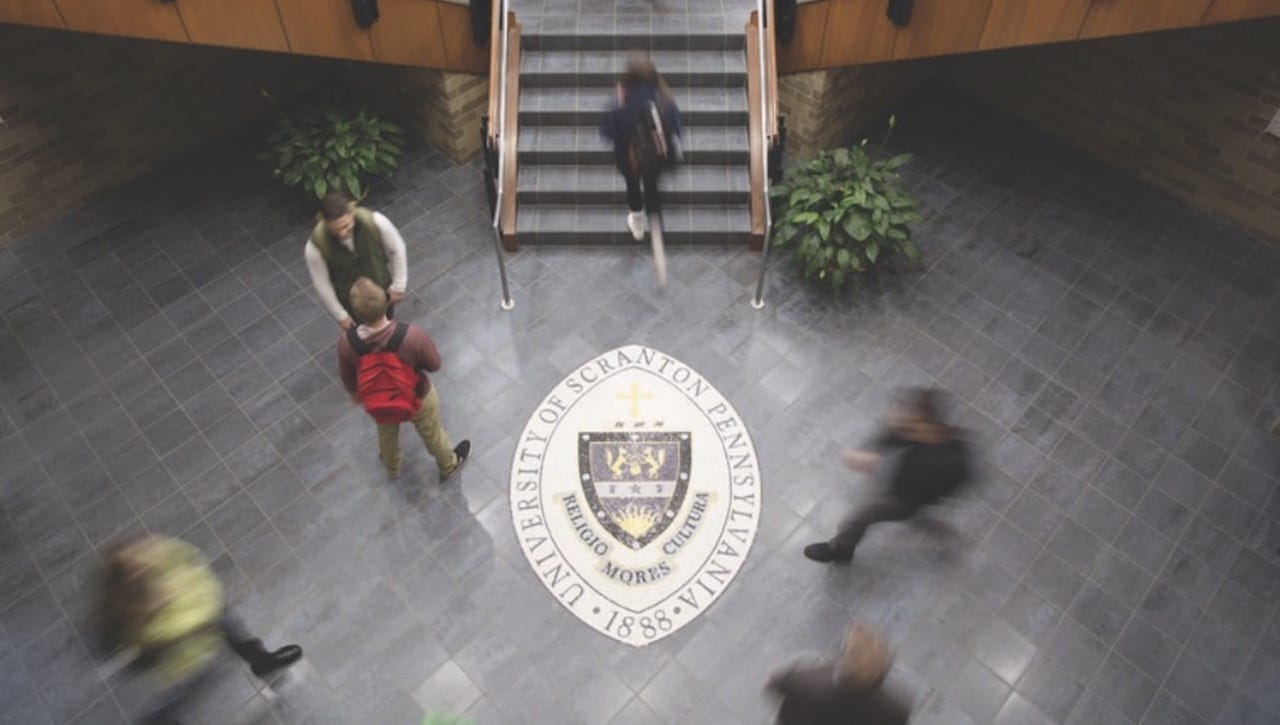Scranton Among Wall Street Journal’s Best Colleges

The Wall Street Journal/Times Higher Education ranked The University of Scranton No. 92 in the nation for student engagement. This was Scranton’s best ranking among the nearly 800 schools included in The Wall Street Journal’s “Best Colleges 2021” ranking, which scored schools in several categories as well as an overall ranking. Scranton also ranked at No. 208 for student outcomes, scoring well for salaries of graduates, adjusted for student, location and other characteristics, among other factors. Scranton’s overall ranking was No. 243 in the nation.
The Wall Street Journal and Times Higher Education ranking is based on an analysis of 15 performance metrics in the categories of resources, student engagement, outcomes and campus environment.
The student engagement portion of their analysis is based largely on The U.S. Student Survey data. Factors considered for the student engagement score are related directly to their college experience, such as interaction with faculty and other students, and whether they would recommend their schools to others. The number of accredited programs offered is also factored into this measure. Student engagement represented 20 percent of the overall ranking score.
Outcomes, which represented 40 percent of the overall ranking score, looked at graduation rate, academic reputation, debt after graduation and the “value added” to graduate salary. The “value added” portion of the analysis applied statistical modeling to adjust for student, location and other characteristics in order to measure the impact the school has on the salary of its graduates.
The ranking also measured resources invested in instruction and student services (30 percent of the overall ranking), which included the finance cost per student, faculty/student ratio and research papers published per faculty member, and the learning environment (10 percent of the overall ranking), which includes student and staff diversity, among other factors.
The ranking was published by The Wall Street Journal Sept. 17.






